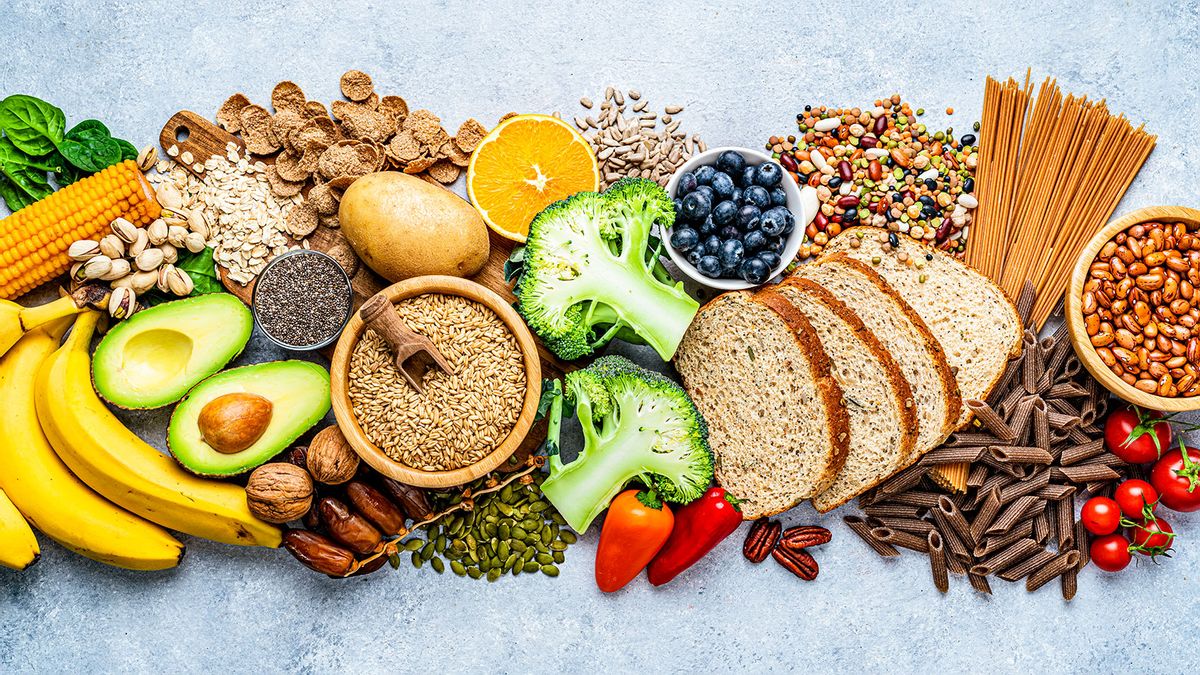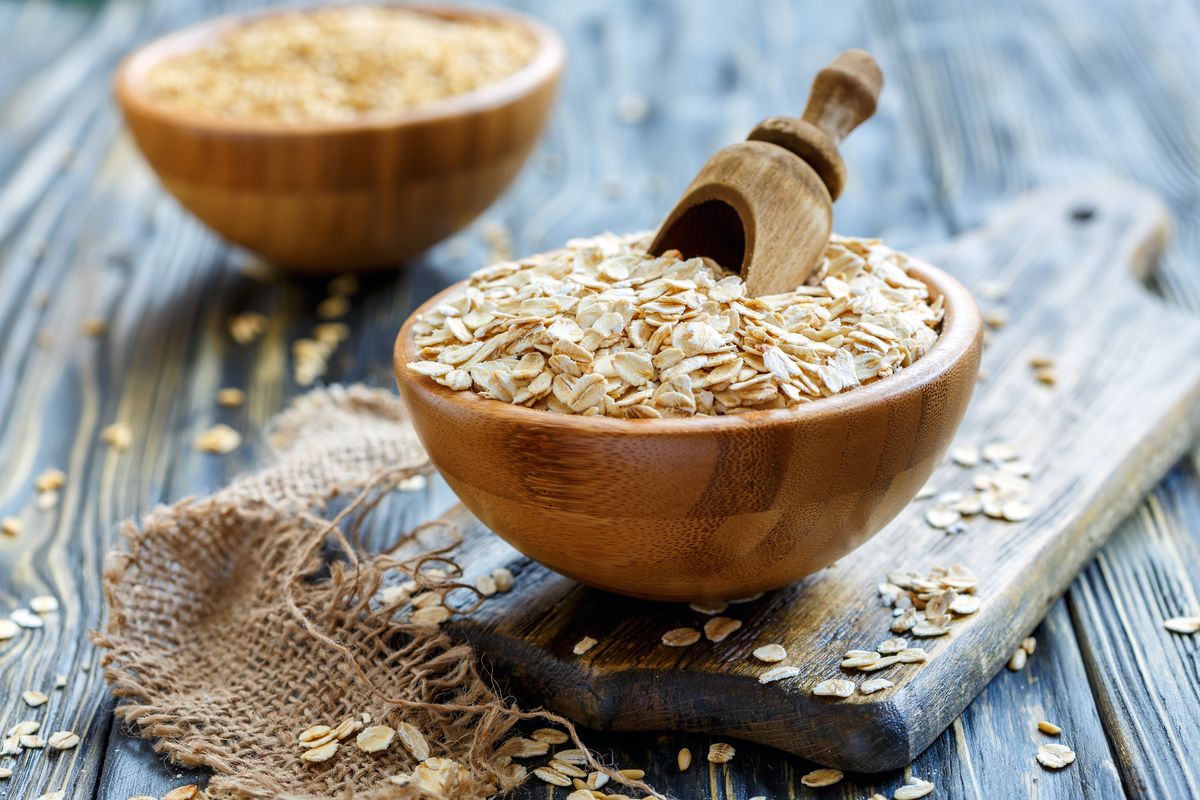Boost Your Soluble Fiber Intake with These Simple Tips
Are you looking to improve your digestive health and lower your cholesterol levels? One easy way to achieve these goals is by incorporating more soluble fiber into your diet. Soluble fiber can be found in a variety of delicious foods, and making a few simple changes to your eating habits can help you consume more of this important nutrient.
What Is Soluble Fiber?
Before we dive into the tips for increasing your soluble fiber intake, let’s take a moment to understand what soluble fiber is. Soluble fiber is a type of fiber that dissolves in water to form a gel-like substance in the digestive tract. This type of fiber can help regulate blood sugar levels, lower cholesterol, and promote a healthy gut.
Simple Ways to Eat More Soluble Fiber
Here are some easy and delicious ways to incorporate more soluble fiber into your daily diet:
- Start Your Day with Oatmeal: Oatmeal is a fantastic source of soluble fiber. Enjoy a warm bowl of oatmeal topped with fresh fruits and nuts for a satisfying and fiber-rich breakfast.
- Snack on Fruits: Fruits such as apples, oranges, and berries are rich in soluble fiber. Keep a bowl of fresh fruit on your kitchen counter for a convenient and healthy snack option.
- Include Legumes in Your Meals: Legumes, including beans, lentils, and chickpeas, are excellent sources of soluble fiber. Add them to soups, salads, and stews for a hearty and fiber-packed meal.
- Opt for Whole Grains: When choosing bread, pasta, and rice, opt for whole grain varieties to increase your soluble fiber intake. Whole grains such as brown rice, quinoa, and whole wheat pasta are great choices.
- Snack on Nuts and Seeds: Almonds, chia seeds, and flaxseeds are all rich in soluble fiber. Keep a stash of these nutritious snacks at your desk or in your bag for a quick and easy fiber boost.
- Add Vegetables to Every Meal: Vegetables like broccoli, carrots, and Brussels sprouts are packed with soluble fiber. Aim to include a variety of vegetables in your meals to increase your fiber intake.
Make Gradual Changes
When increasing your soluble fiber intake, it’s important to make gradual changes to allow your body to adjust. Suddenly consuming large amounts of fiber can lead to digestive discomfort, so be sure to increase your fiber intake slowly and drink plenty of water to aid digestion.
Final Thoughts
By incorporating these simple tips into your daily routine, you can easily increase your soluble fiber intake and enjoy the many health benefits that come with it. Whether you’re starting your day with a bowl of oatmeal, snacking on fresh fruits, or adding more vegetables to your meals, there are plenty of delicious ways to boost your fiber intake and support your overall well-being.
Remember, small changes can lead to big results, so start incorporating more soluble fiber into your diet today and reap the rewards of a healthier, happier digestive system.











